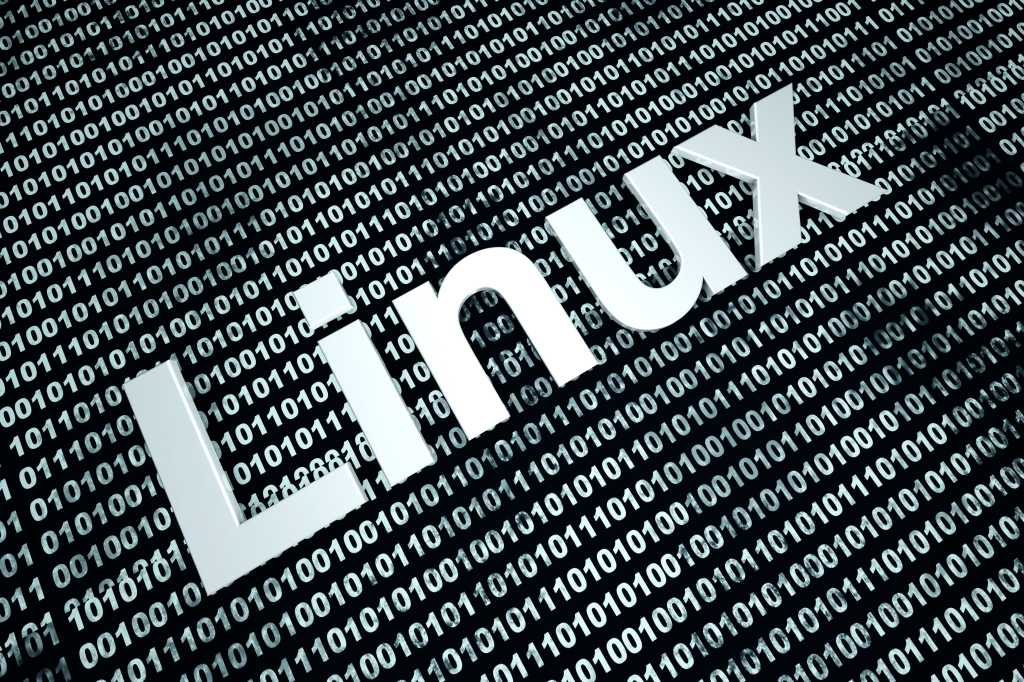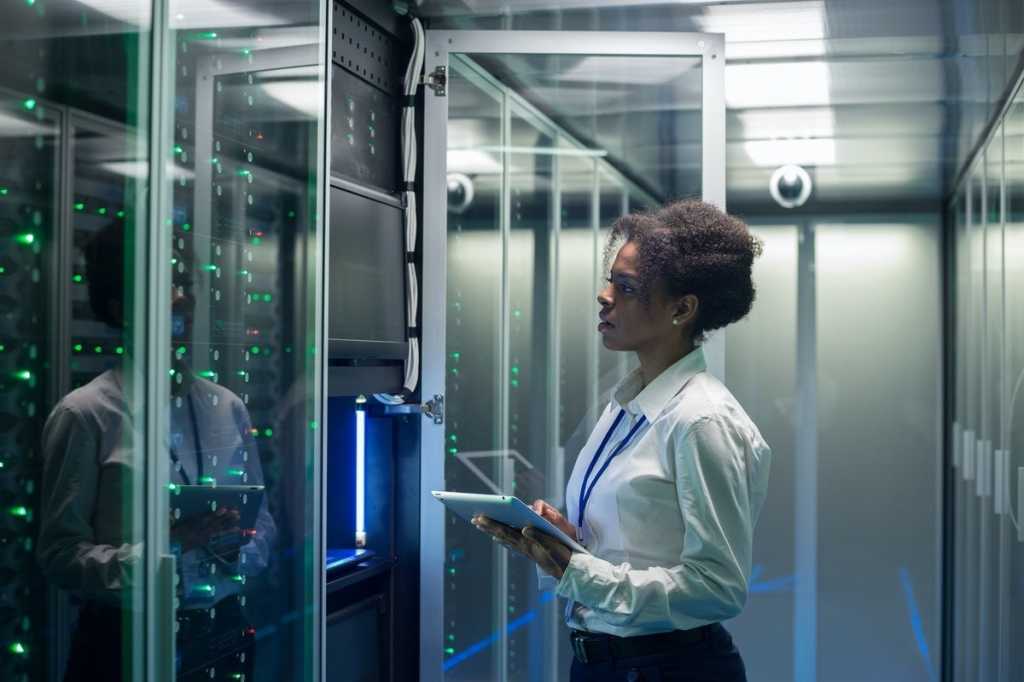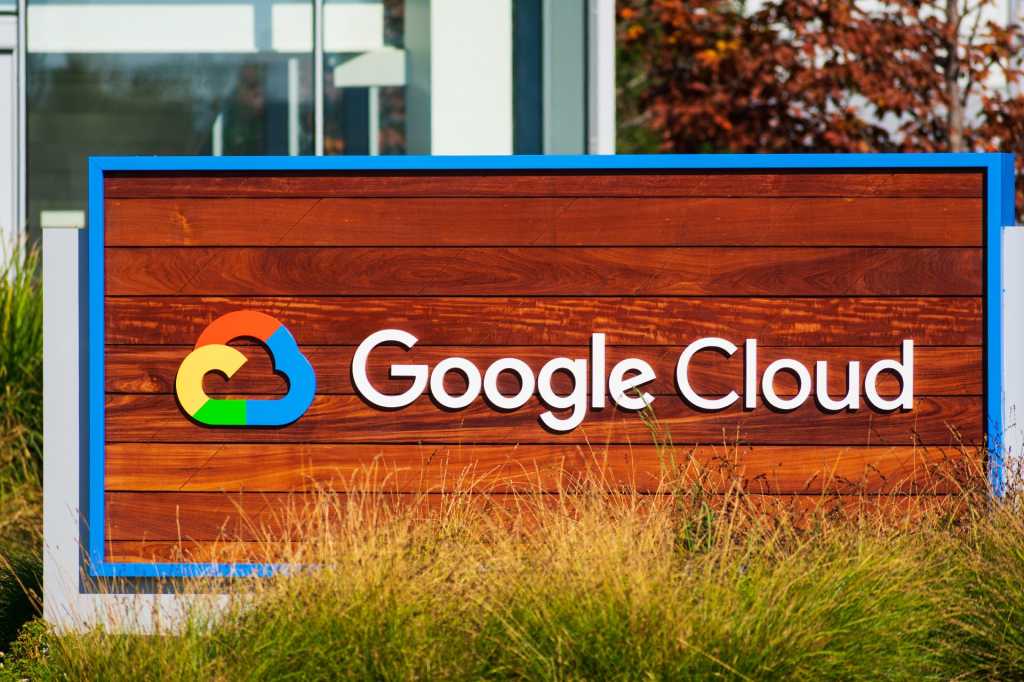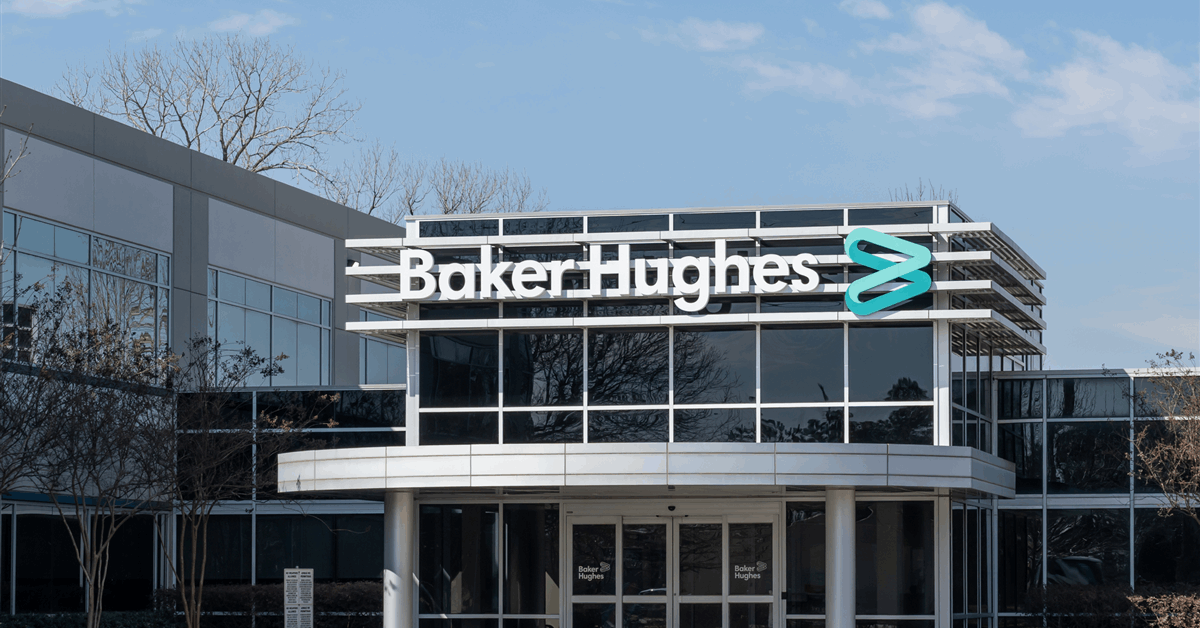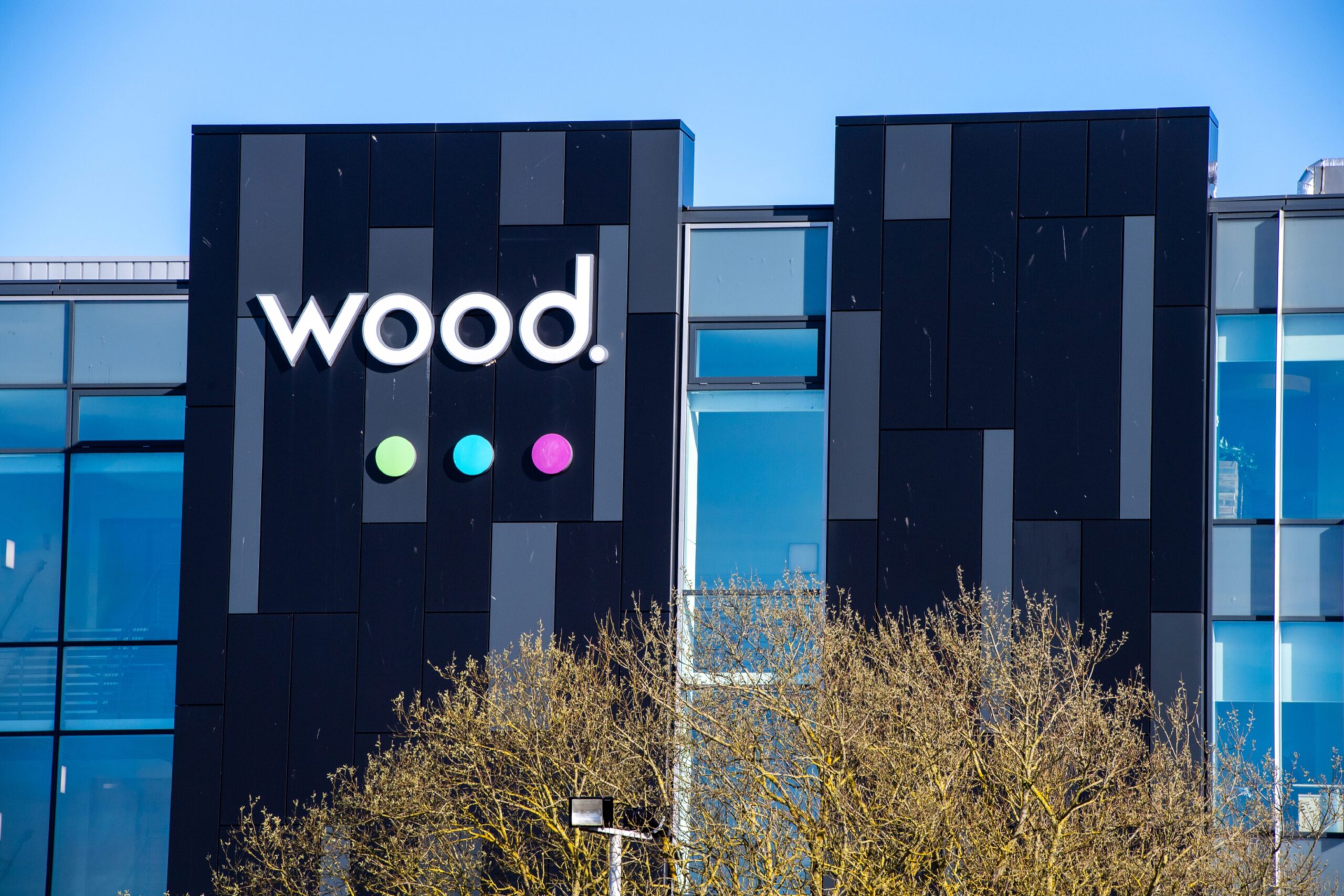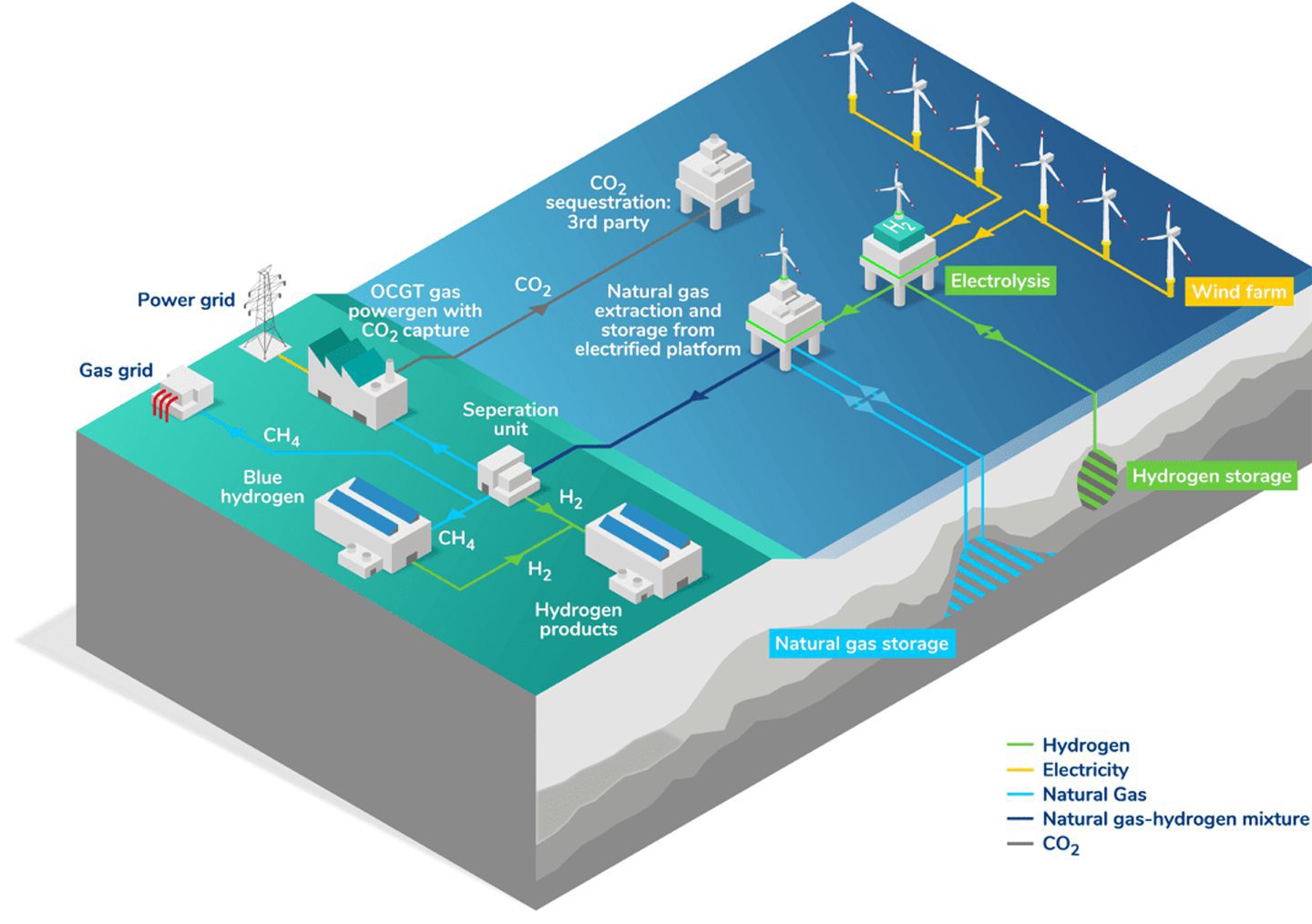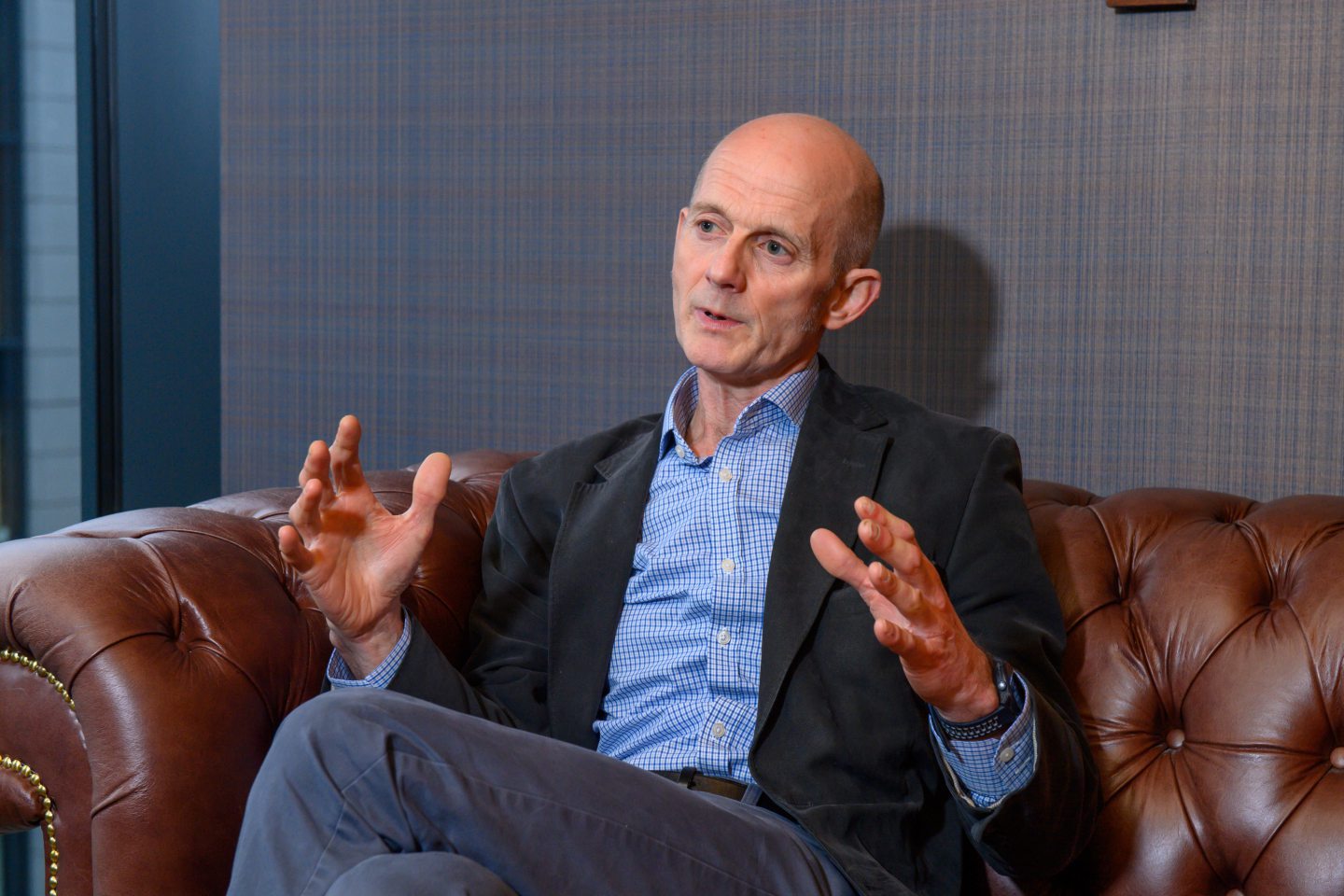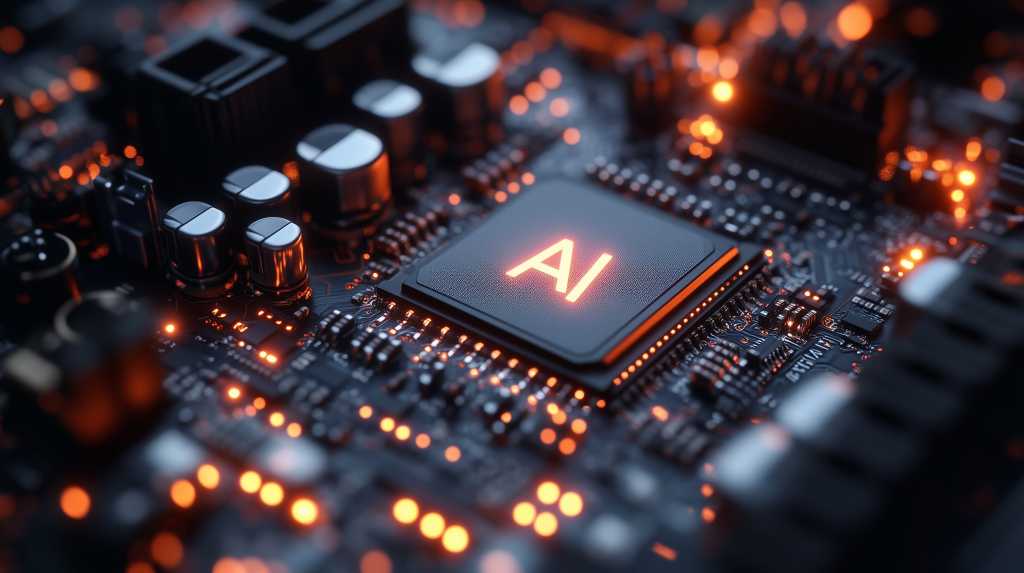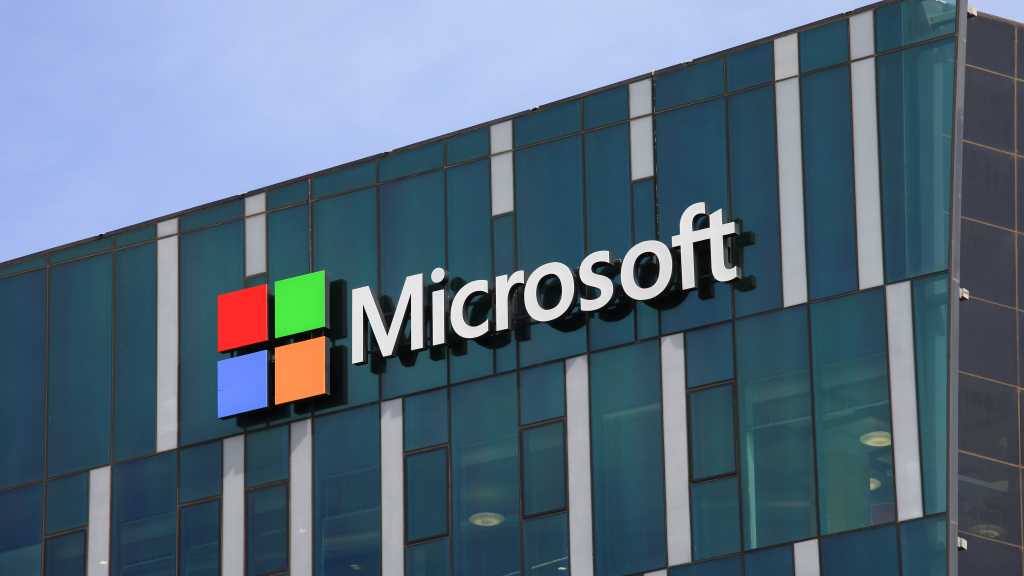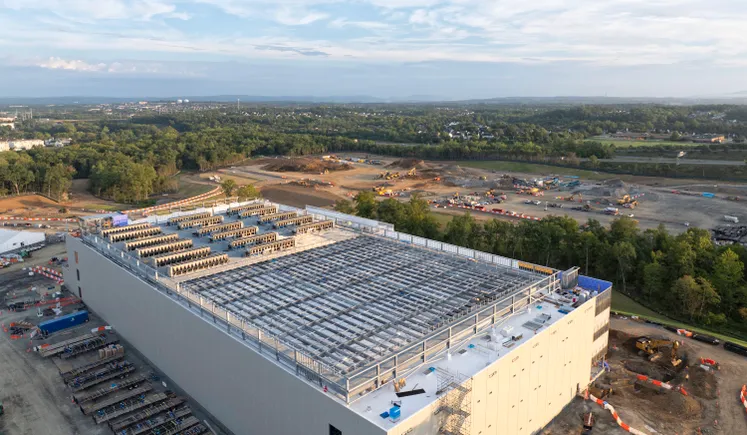
Dive Brief:
- The number of data centers operated by hyperscale providers increased to 1,136 last year, up from 992 at the end of 2023, according to research published Thursday by Synergy Research Group.
- The companies with the broadest data center footprint are the leading cloud providers — Amazon, Microsoft and Google. Together, the three now account for 59% of all hyperscale data center capacity, SRG said.
- “The average size of newly opened data centers has increased recently and will continue to increase, meaning that total hyperscale data center capacity increases even more rapidly than the data center count,” John Dinsdale, SRG chief analyst, said in an email.
Dive Insight:
Growing demand for cloud-based AI services continues to shape the data center landscape, as construction crews break ground on new hyperscaler facilities. A race is on to increase cloud compute capacity.
Currently, there are more than 500 facilities in the planning and construction phases, according to SRG. AWS, Microsoft and Google have each committed to pouring tens of billions of dollars into capital expenditures, primarily targeting AI buildouts.
SRG expects a reasonably steady addition of roughly 130 to 140 data centers per year moving forward.
New construction is only part of the picture. Capacity will grow faster than the number of projects due to the massive size of planned facilities and increases in compute density.
Nvidia, a key player in architecting AI-optimized chip technologies, unveiled its Blackwell Ultra platform at the GTC Conference in San Jose, California. The processor is designed to power agentic AI capabilities by more than tripling the compute and memory capacity of the prior generation Hopper chips, the company said in a Tuesday announcement.
Large language models are hungry beasts. Model builder OpenAI joined forces with Oracle, SoftBank and MGX to fund the $500 billion AI infrastructure initiative called Stargate in January. Nvidia, Microsoft and Arm are three of the project’s primary technology providers.
“The amount of computation necessary to train those models and to inference those models has grown tremendously,” Nvidia CEO Jensen Huang said during a GTC keynote Tuesday.
Huang previewed Nvidia’s next generation processor Vera Rubin, which combines high-powered CPU and GPU chip technologies. The company is targeting 2026 for its release, Huang said.
Infrastructure technology is advancing rapidly. It took less than four years for total hyperscale data center capacity to double, according to SRG. The firm expects capacity to double again in less than four years.
“We’re also seeing something of a bifurcation in data center scale,” Dinsdale said in the report. “While the core data centers are getting ever bigger, there is also an increasing number of relatively smaller data centers being deployed in order to push infrastructure nearer to customers.”
Oracle is a proponent of a smaller-is-better buildout strategy. The company’s 3% share of the global market for cloud is dwarfed by the towering dominance of AWS, Microsoft and Google Cloud. But Oracle rapidly expanded its cloud coverage from 68 to 101 regions globally last year.
The broader trajectory points in the opposite direction.
“Historically the average size of new data centers was increasing gradually, but this trend has become supercharged in the last few quarters as companies build out AI-oriented infrastructure,” Dinsdale said. “The trend towards increased size is very clear.”

